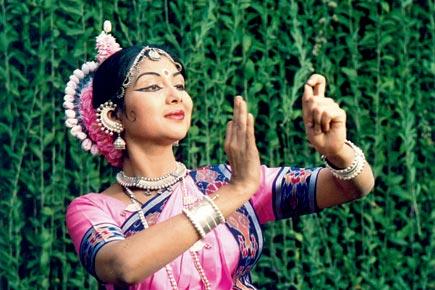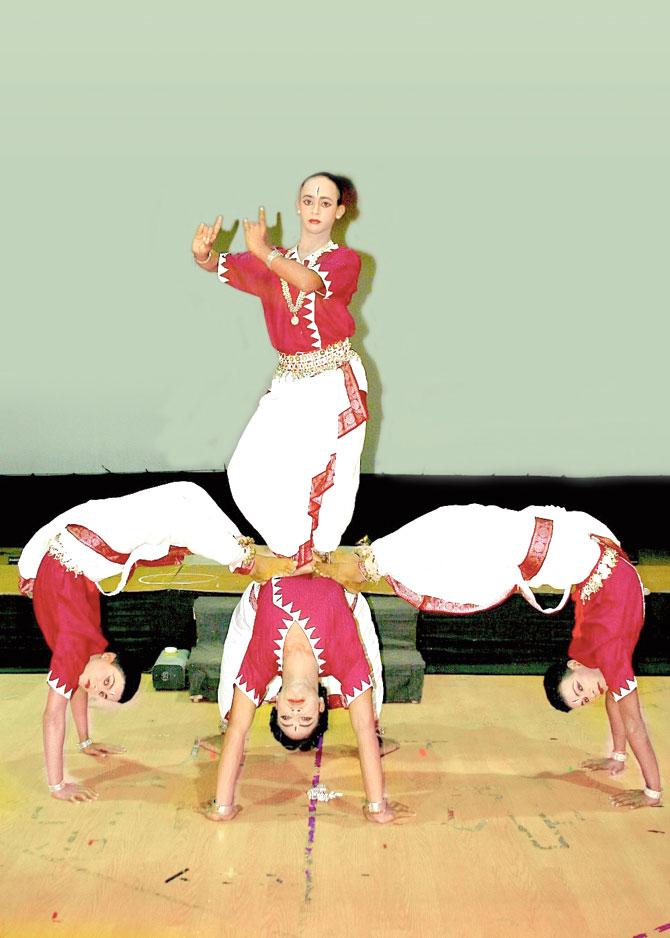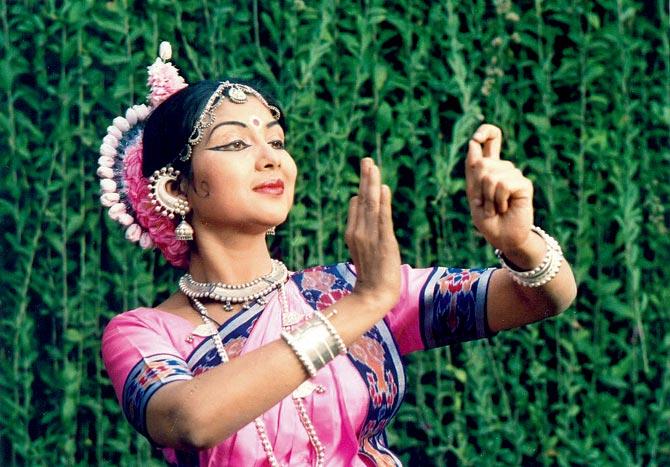Award-winning Odissi dancer Aloka Kanungo brings to Mumbai a Gotipua production that celebrates the dying dance form

 An earlier Gotipua performance
An earlier Gotipua performance
ADVERTISEMENT
What starts as rhythmic footwork to traditional beats by a group of dancers seamlessly transitions into an acrobatic spectacle. The youngest member does a full split while others line up behind him with aesthetic variants of the split. Next, the dancers contort their bodies to get into formations that remind one of the daredevil displays by army motorcyclists on Republic Day parades. The difference is, the former is perfected in the villages of Odisha, where it has been performed for centuries. Gotipua, a traditional dance from the eastern state and the precursor to Odissi, is a dying art form.

Aloka Kanungo
"When Odissi was reconstructed after Independence, it was the Gotipua gurus who came forward to help shape its repertoire and grammar," says noted Odissi dancer Aloka Kanungo. The Sangeet Natak Akademi award winner is in Mumbai with a dance troupe from Laxmipriya Gotipua Nritya Kendra in Balipatna for a performance she has choreographed. Her production Sthapatya Satya brings together the rustic Gotipua movements and the sophisticated Odissi dance form of today.
Bandha Nritya, the main part of the production, is the acrobatic repertoire of Gotipua performed by young boys, who dress as women. "Boys begin to learn the dance form in gurukuls from a tender age. The training also involves singing, learning to play the pakhawaj and an understanding of ancient literature that Gotipua draws from," Kanungo explains, adding, "Bandha Nritya is a boon to Odissi dance. It is like yoga that keeps dancers supple."
The performance will be followed by a multi-dance (including Odissi, Kuchipudi and Sufi Kathak) presentation, Mera Shyam.
 Subscribe today by clicking the link and stay updated with the latest news!" Click here!
Subscribe today by clicking the link and stay updated with the latest news!" Click here!






